LiFePO4 batteries are gaining popularity rapidly due to their long lifespan, safety, and superior performance over traditional lead-acid batteries. The 100Ah LiFePO4 battery is one of them and is a favorite among RV owners, solar power users, marine enthusiasts, and others who require a reliable backup power supply. Its capacity, efficiency, and durability give it great versatility. The purpose of this blog is to help buyers understand the major factors they need to consider before investing in LiFePO4 100Ah battery.
What Makes LiFePO4 Different
The conventional Lithium chemistries are not Lithium LiFePO4 (Lithium Iron phosphate) batteries. LiFePO4 is a better and more reliable option than lead-acid batteries, which are non-rechargeable, prone to sulfation, and bulky. It is one of the safest forms of energy storage compared to other types of lithium-ion batteries; it is more stable and less susceptible to overheating.
Key Advantages of LiFePO4
LiFePO4 batteries offer several advantages that make them superior to lead-acid and other lithium chemistries.
- Longer Lifespan: Compared to the average lead-acid battery, which has a lifespan of only a few hundred cycles, LiFePO4 batteries can easily achieve between 3,000 and 5,000 cycles, with some of the more upscale models reaching up to 6,000 cycles. This amounts to 8-10 years of usage and is a worthwhile investment, despite the higher initial cost.
- Enhanced Safety: The most crucial consideration for users of RVs, boats, and homes is safety. LiFePO4 is very stable and does not overheat, swell, or undergo thermal runaway. This reduces the chances of fire and explosion, ensuring ease of working in cramped areas or extreme conditions.
- Deep Discharge Capability: LiFePO4 batteries can safely discharge 80 to 90 percent of their depth of discharge (unlike 50 percent in lead-acid batteries), unlike the latter, which lose capacity and degrade quickly once below 50 percent discharged. More of the power present in the battery can be utilized without compromising its health, thereby achieving greater efficiency and reliability per charge.
- Lightweight and Compact: LiFePO4 batteries are found to be significantly lighter (up to 50 percent) than traditional lead-acid batteries. It is also much easier to install, as it does not add a significant amount of weight to RVs and boats, and is easier to mount on a solar or home system. Small size also saves space, and in mobile it is greatly valued.
These advantages, combined, make LiFePO4 an obvious choice for those seeking long-term, safe, and efficient energy storage.
Why Choose 100Ah Capacity
Medium to heavy power requirements fall within the sweet spot of a 100Ah LiFePO4 battery. It has sufficient stored energy to power necessities like refrigerators, fans, lights, or small inverters for a few hours. This size and weight combination make it particularly ideal for RVs, marine, and solar systems, as well as a backup source, allowing it to meet your needs wherever and whenever you need it.
Check the Cycle Life and Performance
Cycle life refers to the number of charge and discharge cycles that a battery can withstand before its capacity significantly declines. The average life of LiFePO4 batteries is 3,000-5,000 cycles, compared to the 300-500 cycles of a lead-acid battery. A long cycle life provides long-term reliability and predictable energy production, making LiFePO4 best suited for processes that require frequent or continuous operation, such as solar systems, RVs, and backup solutions. Constant stability with thousands of cycles lowers maintenance and replacement expenses.
Look at the Battery Management System (BMS)
A built-in Battery Management System (BMS) is crucial for safeguarding LiFePO4 batteries against overcharging, overdischarging, and overheating. By monitoring voltage, current, and temperature, a BMS ensures safe operation, preventing damage that could shorten battery life. It also balances individual cells for consistent performance. When choosing a battery, look for features such as overcurrent protection, temperature monitoring, cell balancing, and low-voltage cutoff, as these enhance both the safety and overall lifespan of your 100Ah LiFePO4 battery.
Consider Application and Compatibility
When selecting a 12v 300ah lithium battery, it’s important to match it with your specific application solar systems, RVs, marine setups, or home backup. Ensure the battery is compatible with your inverter or charger to prevent performance issues or damage. Many LiFePO4 batteries support series or parallel connections, allowing you to expand capacity as needed. Proper planning ensures efficient energy use, safe operation, and the flexibility to scale your system for future higher power demands.
Price vs. Value
LiFePO4 batteries are more expensive upfront than lead-acid batteries, but they offer significantly greater value over time due to their longer lifespan and higher cycle count. Compared to other lithium chemistries, they provide a safer and more stable performance at a competitive cost. When evaluating price versus value, consider the total cost of ownership—including fewer replacements, lower maintenance, and higher efficiency. Before purchasing, verify the presence of a reliable warranty, proper safety certifications, and reputable brands to ensure quality, safety, and long-term peace of mind.
Additional Tips Before Buying
- Store LiFePO4 batteries in a cool, dry place and avoid exposure to extreme temperatures to maintain optimal performance and lifespan.
- Perform minimal maintenance compared to lead-acid batteries, but periodically check connections and BMS status.
- Calculate your energy needs by adding up the watt-hours of all devices you plan to run and ensure a 100Ah battery can support them.
- Check the battery’s dimensions and weight to ensure it fits your installation space and is easily transportable or manageable.
- Verify the battery’s charge and discharge rates to ensure they meet the requirements of your appliance or inverter.
- Look for batteries with built-in monitoring apps or displays for real-time status tracking.
- Consider environmental factors such as vibration, moisture, or saltwater exposure, especially when using an RV or boat, and select a battery designed to withstand these conditions.
Final Thoughts
Before buying a 100Ah LiFePO4 battery, consider its chemistry and benefits, cycle life and performance, the importance of a quality BMS, application compatibility, and price versus long-term value. Understanding these factors ensures you select a battery that is safe, reliable, and efficient for your needs. Investing wisely in a high-quality LiFePO4 battery pays off with longer lifespan and consistent performance. Take the time to research, compare reputable brands, and prioritize quality over a low price to make a wise, long-term energy investment.
FAQs
How long does a 100Ah LiFePO4 battery last?
A 100Ah LiFePO4 battery can last 8–10 years under regular use, thanks to its 3,000–5,000 charge/discharge cycles. Lifespan depends on proper charging, avoiding deep discharges beyond 80–90%, and maintaining a stable operating temperature. With minimal maintenance and a quality BMS, it outperforms lead-acid batteries by several years, providing reliable power for RVs, solar setups, marine applications, or backup systems. Regular monitoring ensures consistent performance throughout its life.
Can I replace lead-acid with LiFePO4 directly?
You can often replace lead-acid batteries with lifepo4 lithium battery, but it’s not always a direct swap. LiFePO4 has a different charging profile and higher voltage stability, so your inverter or charger must be compatible. It is lighter and allows deeper discharges, meaning fewer batteries may be needed for the same capacity. Always check the system’s voltage requirements, BMS integration, and safety protocols to ensure the new battery functions efficiently and safely in your setup.
How many solar panels are needed to charge a 100Ah LiFePO4 battery?
To charge a 100Ah LiFePO4 battery efficiently, you need to calculate the total watt-hours required. A 100Ah, 12V battery stores approximately 1,200Wh (12V × 100Ah). Depending on your solar panel wattage and the number of sunlight hours, typically 200–300W of solar panels can recharge the battery in a full day. Ensure your solar charge controller is compatible with LiFePO4 chemistry to ensure proper charging and optimal battery protection. Environmental factors and system losses should also be taken into account.
Can LiFePO4 batteries be used in cold weather?
LiFePO4 batteries can be used in cold weather, but their performance drops below 0°C (32°F). Charging at freezing temperatures can damage the cells, so many LiFePO4 batteries include a built-in BMS with low-temperature protection or a heating feature. Discharging in cold conditions is generally safe but slightly reduced in capacity. For consistent performance in cold climates, store the battery in a temperature-controlled environment or use models explicitly designed for low-temperature operation.
Do I need a special charger for LiFePO4?
Yes, a charger designed for LiFePO4 is recommended. Unlike lead-acid batteries, LiFePO4 requires a specific voltage range (typically 14.4–14.6V for 12V batteries) and a precise charging profile to maximize lifespan. Using a standard lead-acid charger may result in undercharging, overcharging, or triggering BMS cutoffs. Most quality LiFePO4 chargers provide cell balancing, overcurrent protection, and temperature monitoring, ensuring safe, efficient, and long-lasting performance for your battery system.

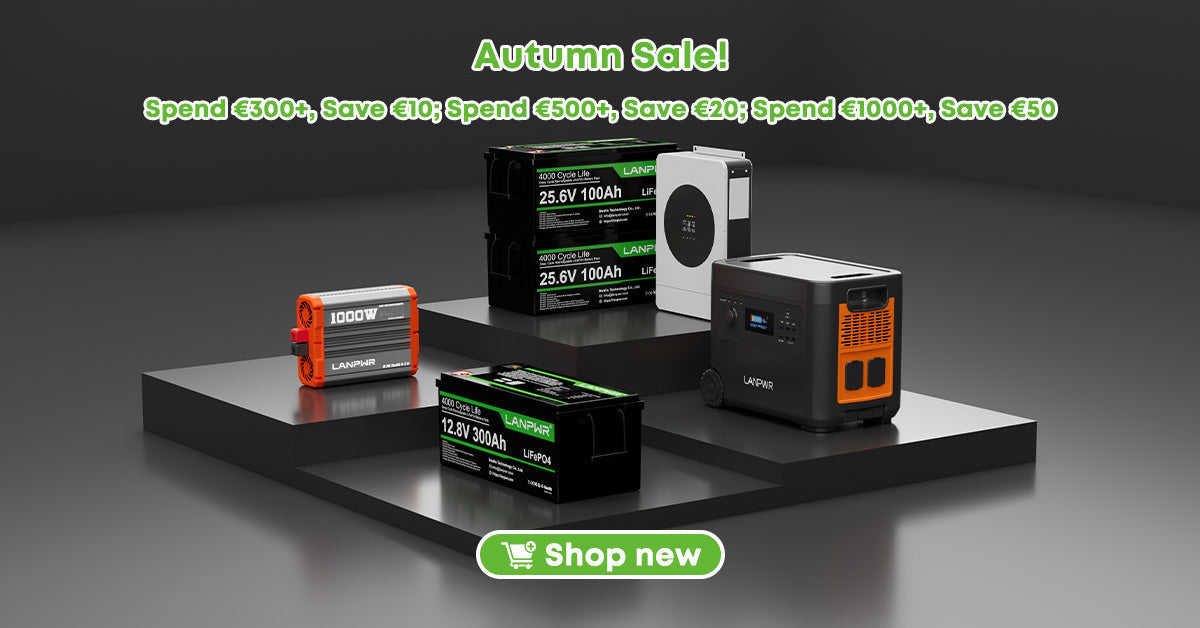
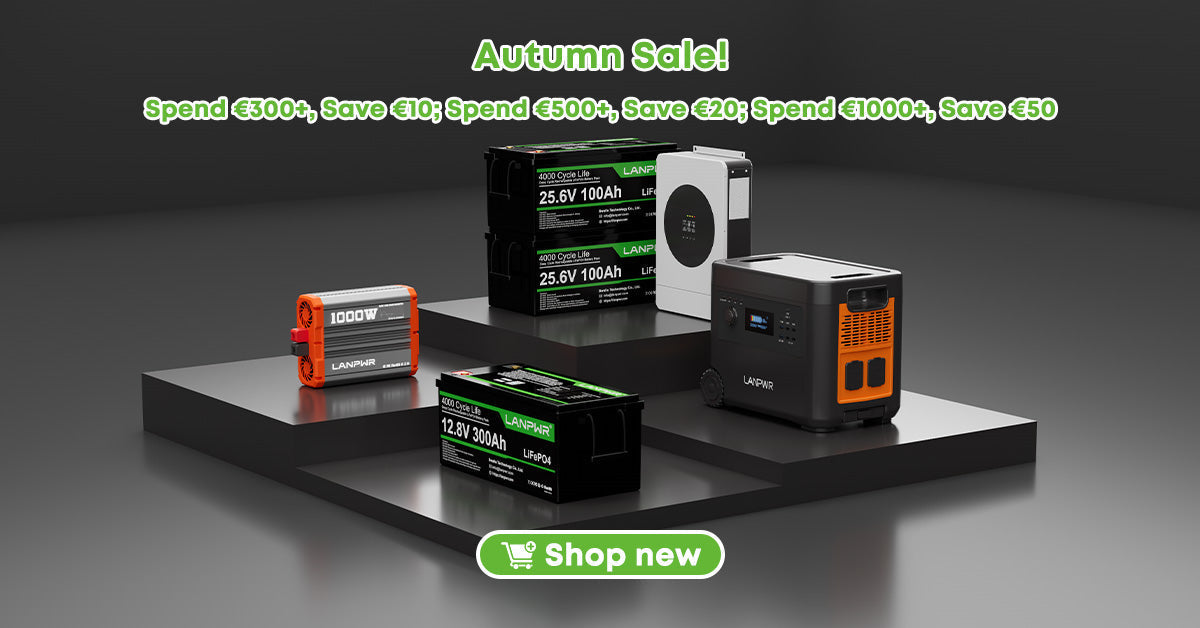
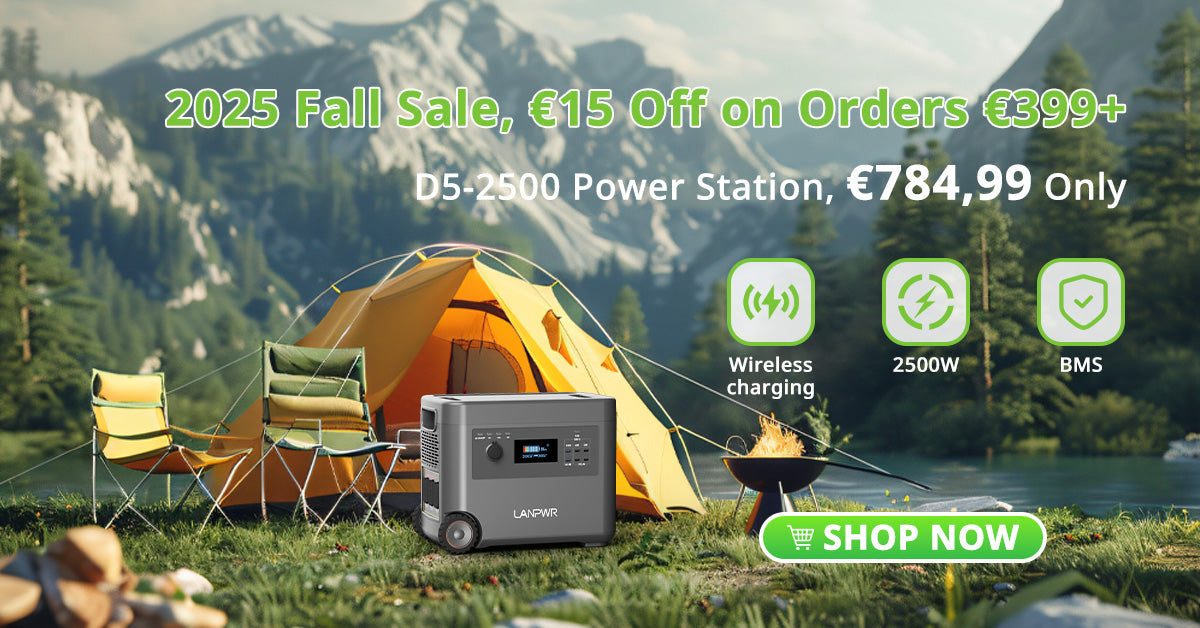
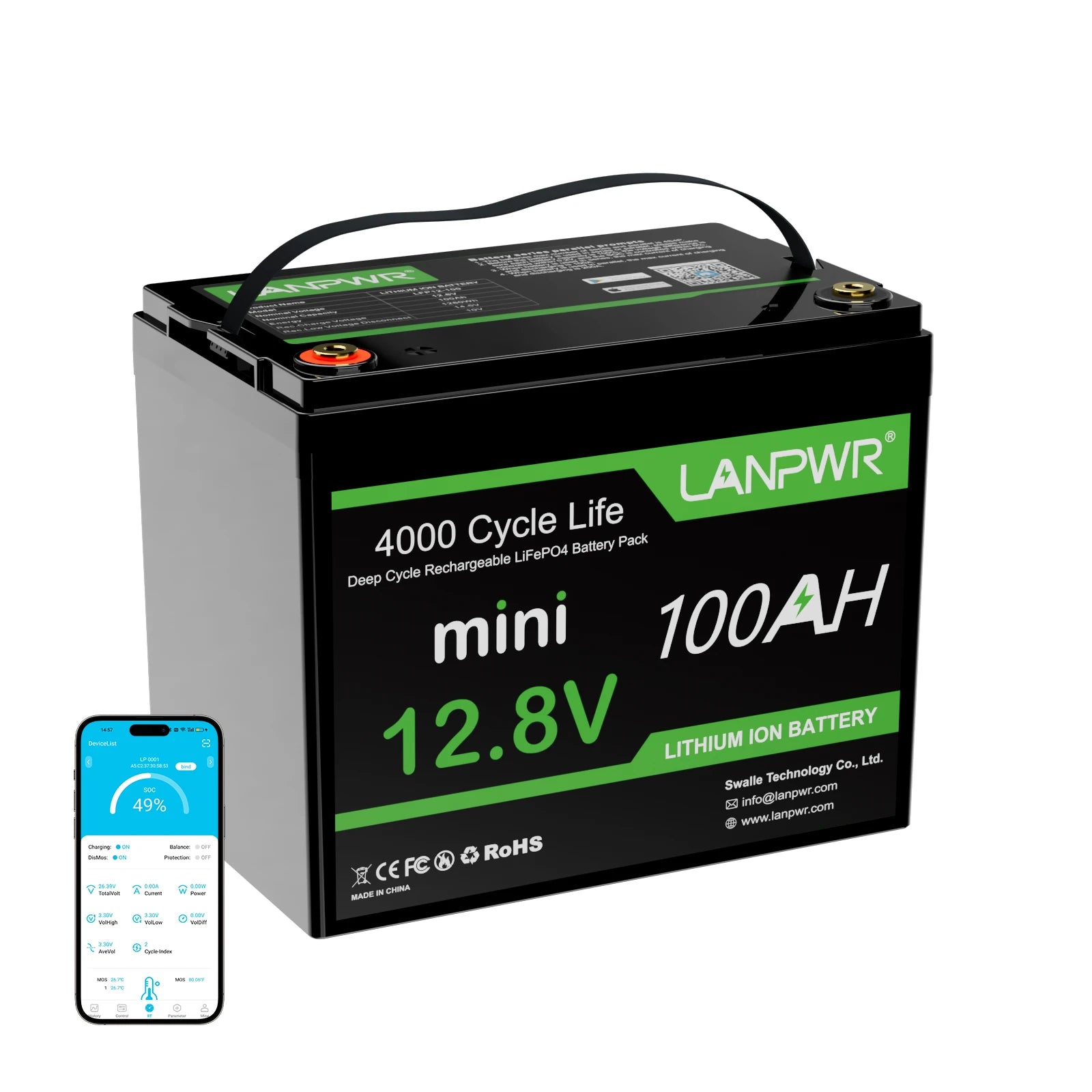

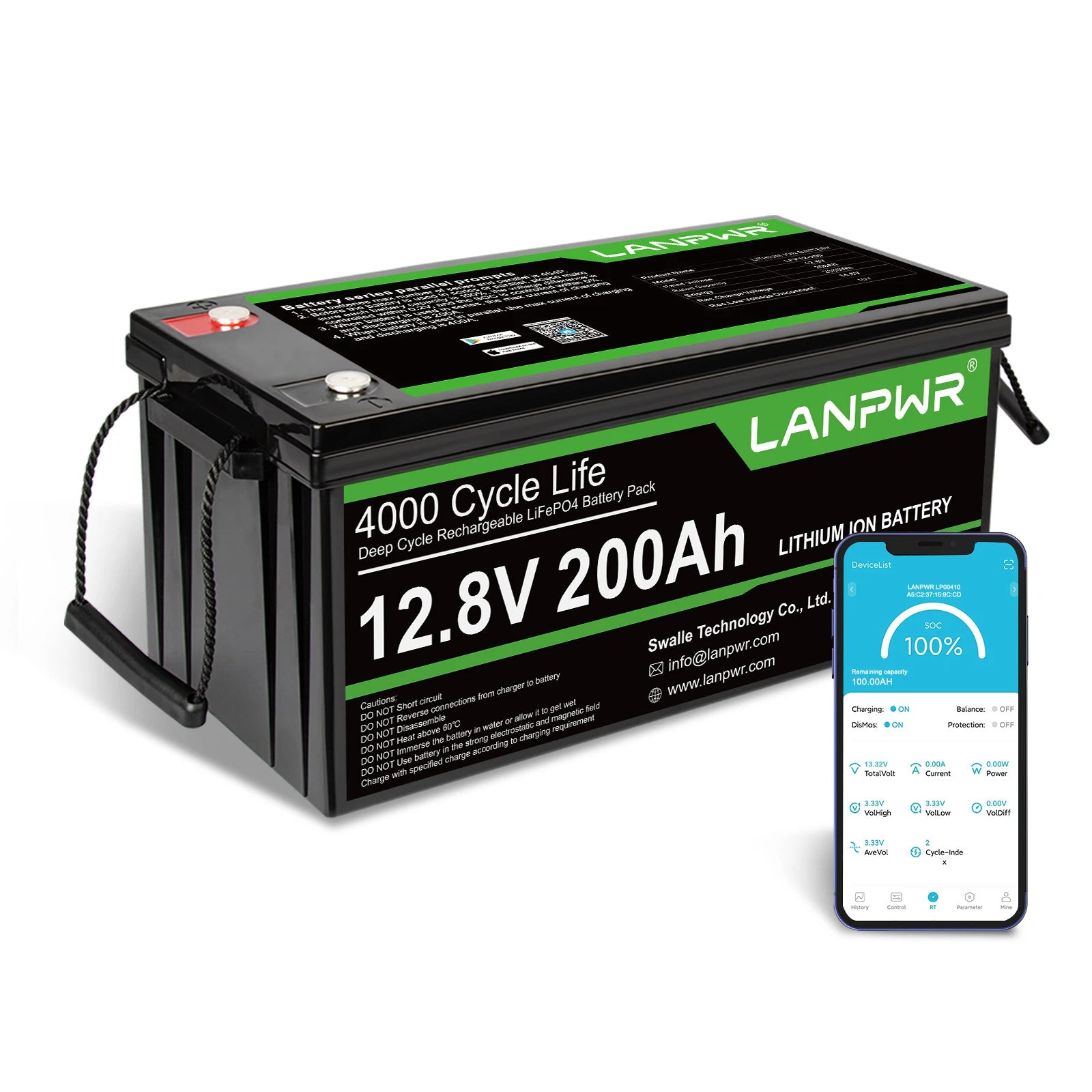
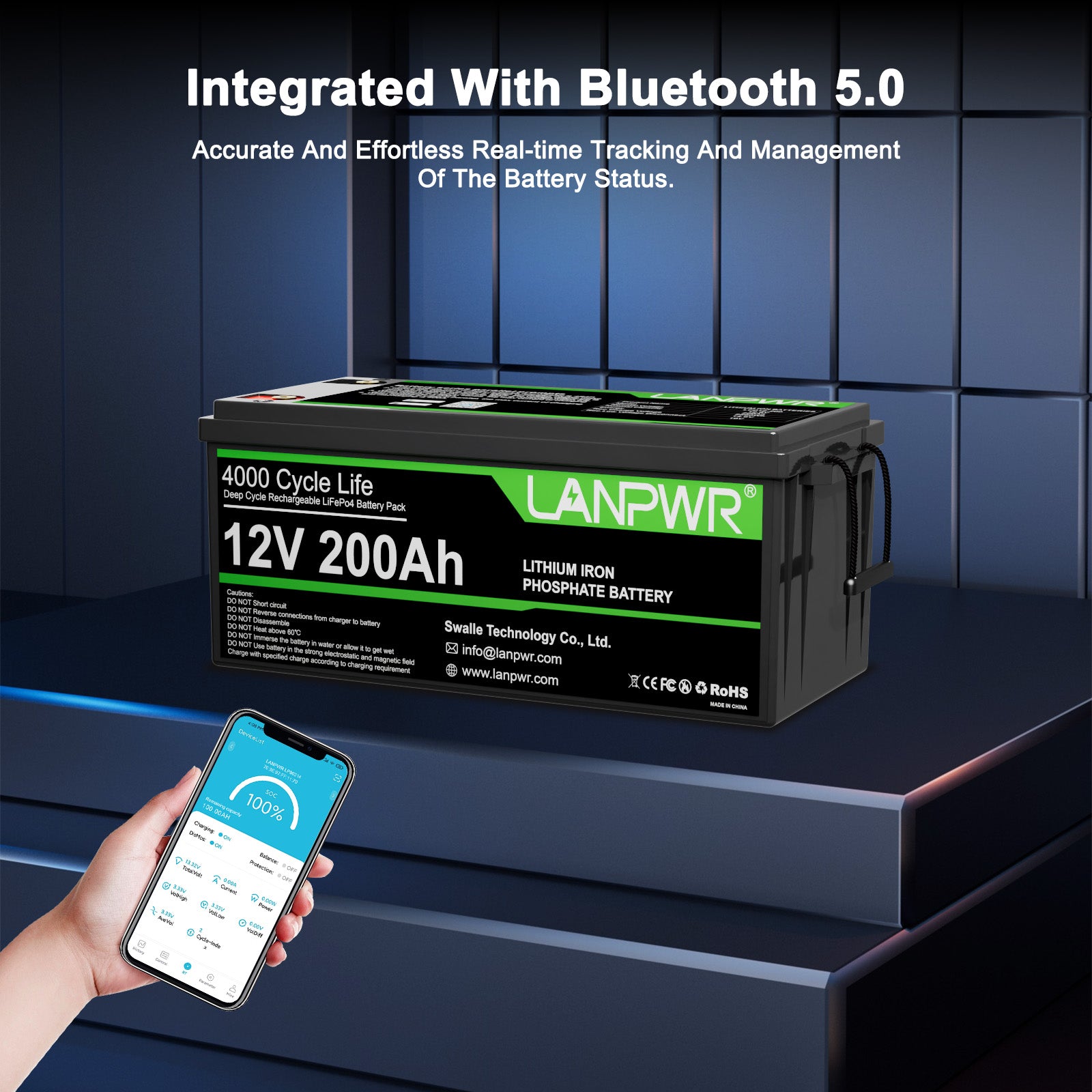
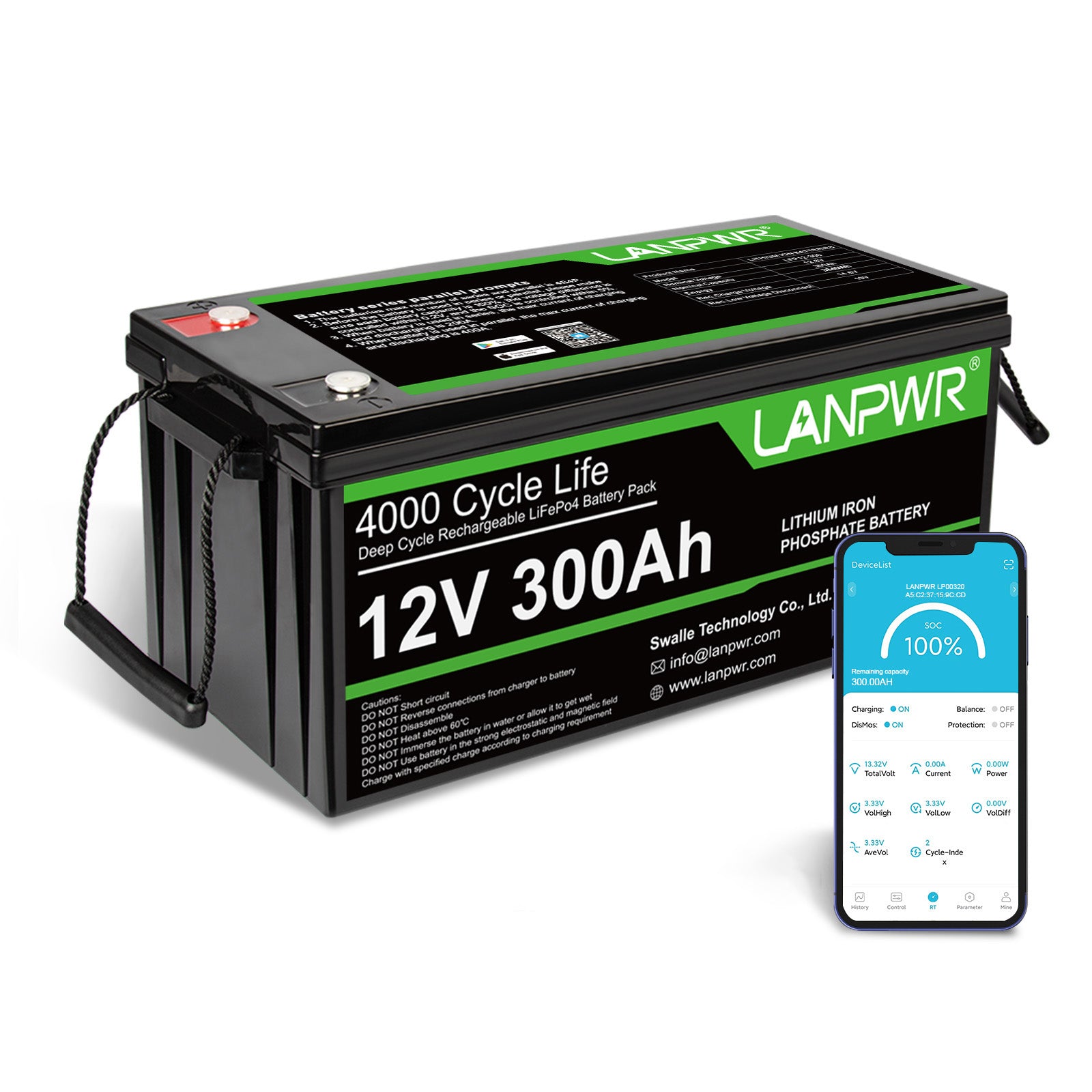

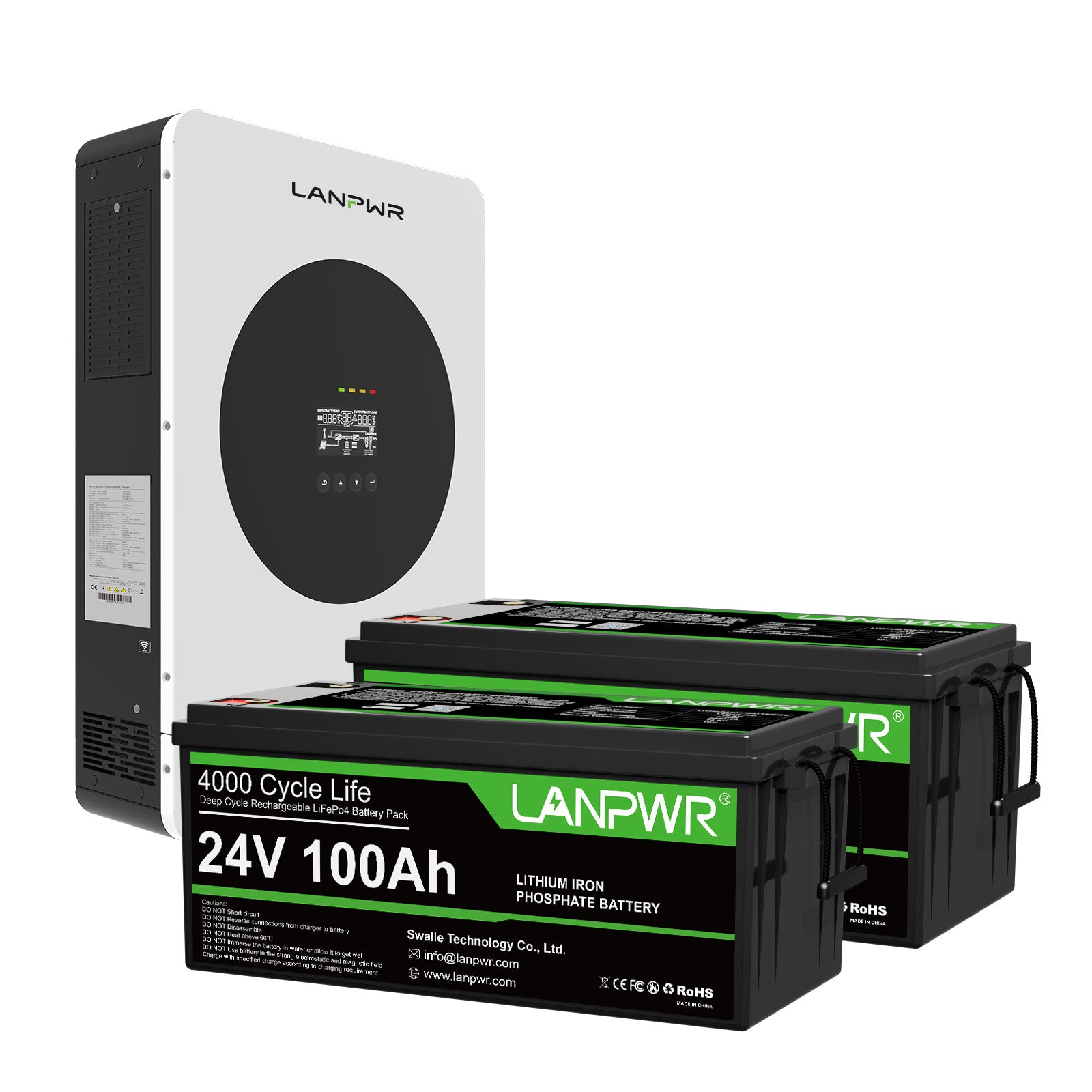
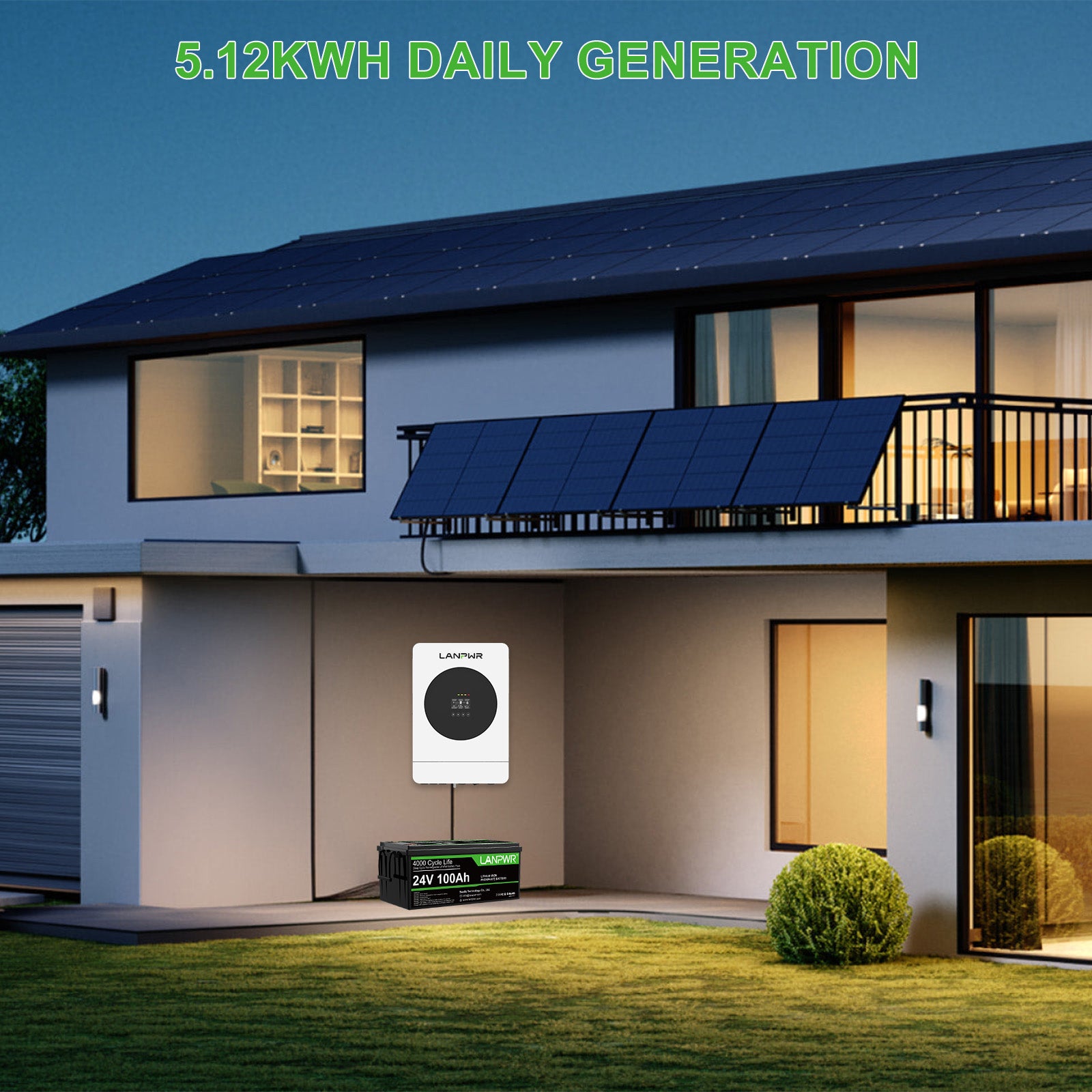
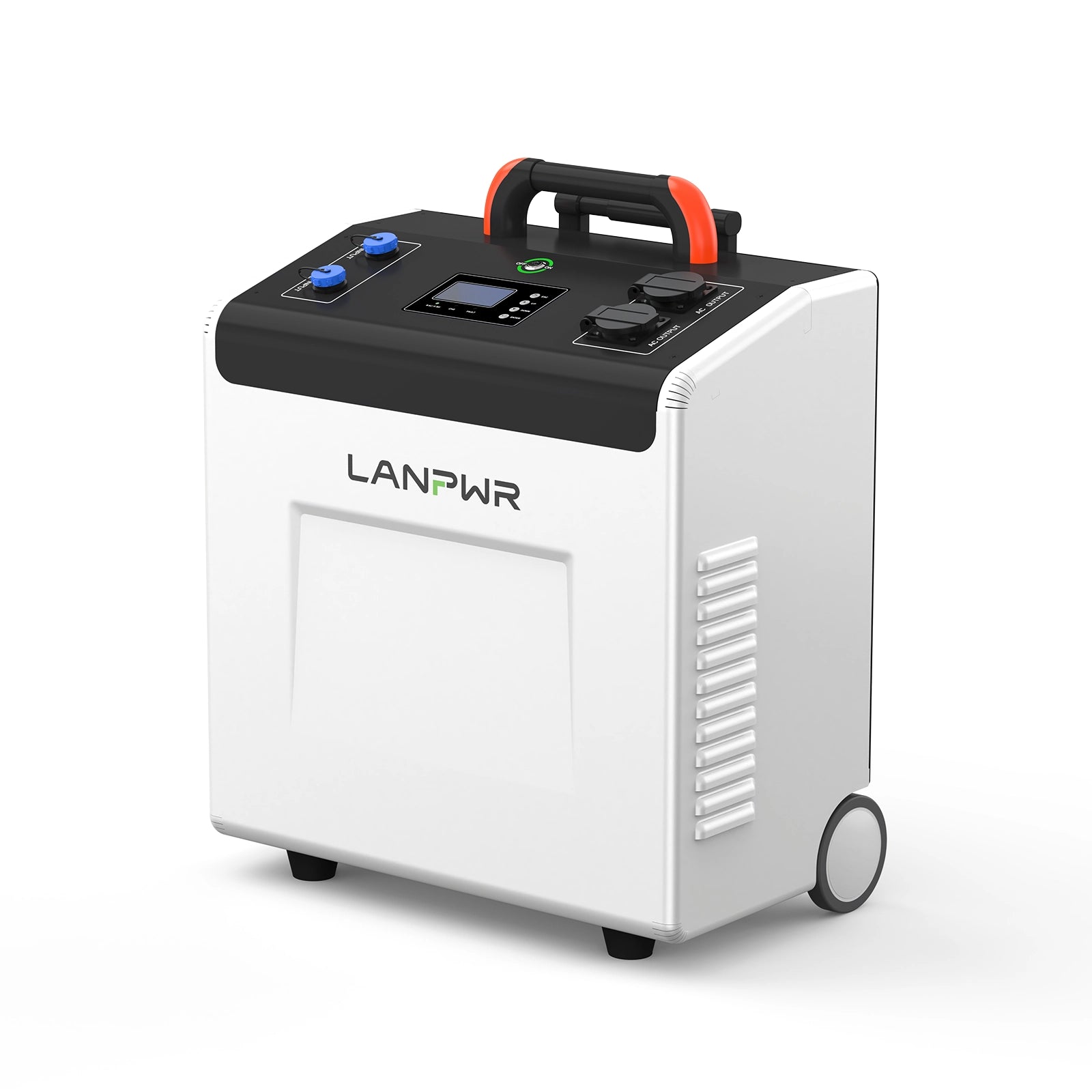
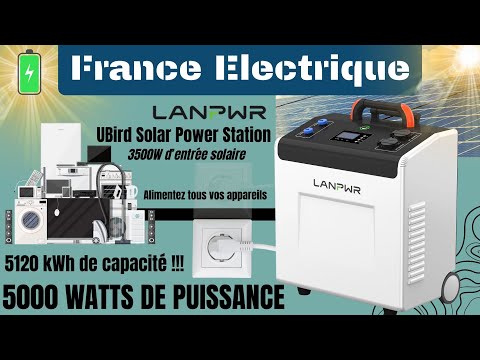
Leave a comment
This site is protected by hCaptcha and the hCaptcha Privacy Policy and Terms of Service apply.